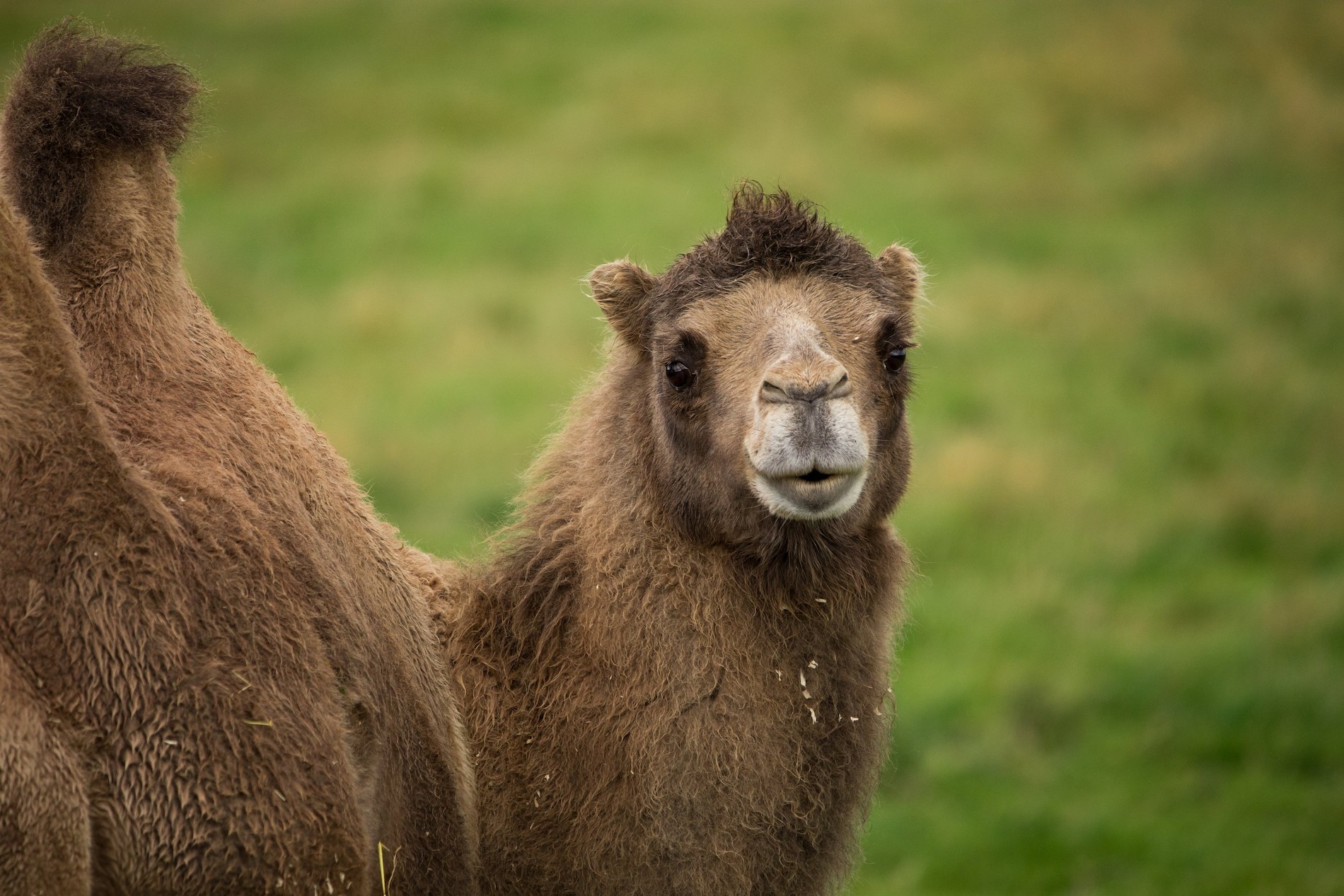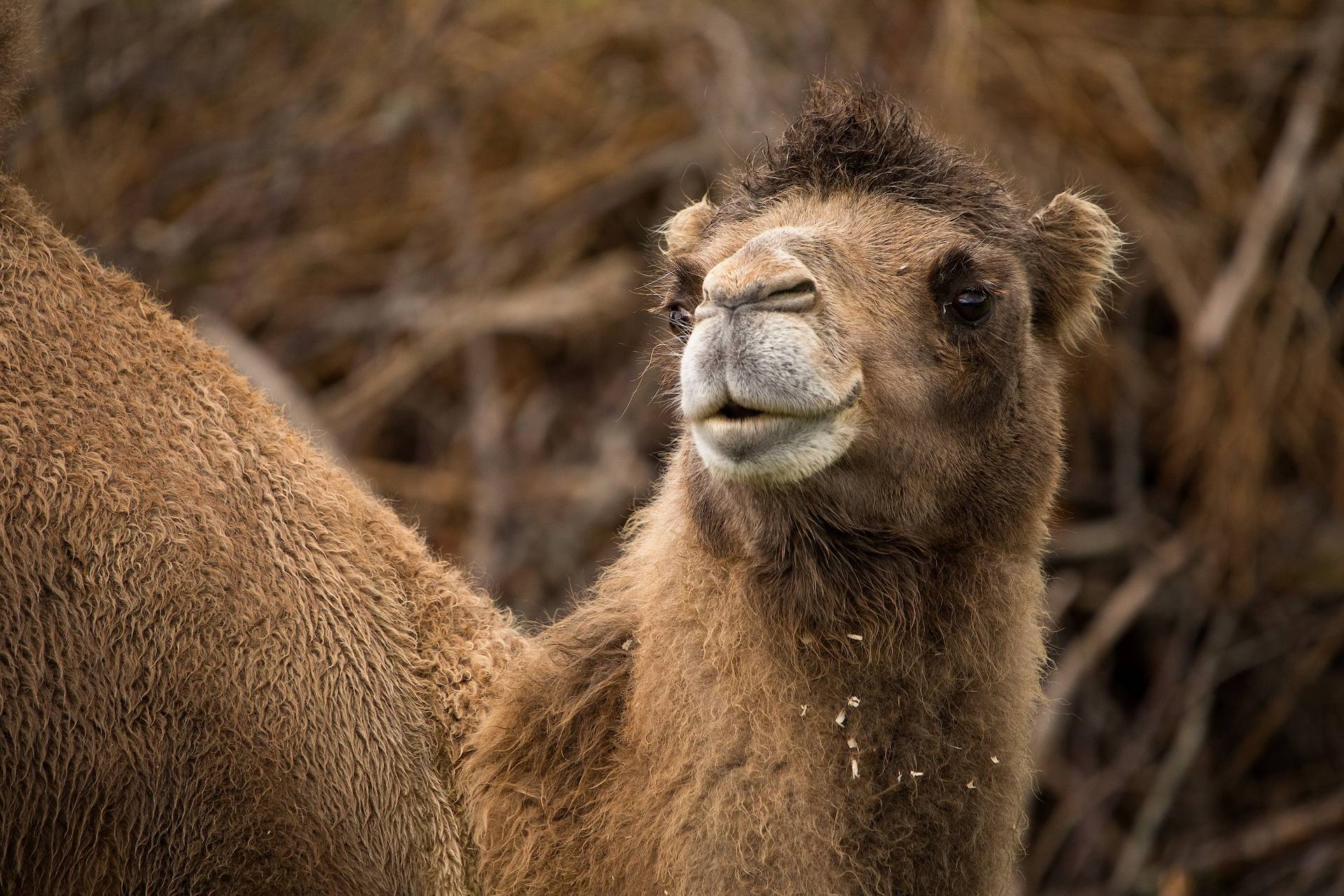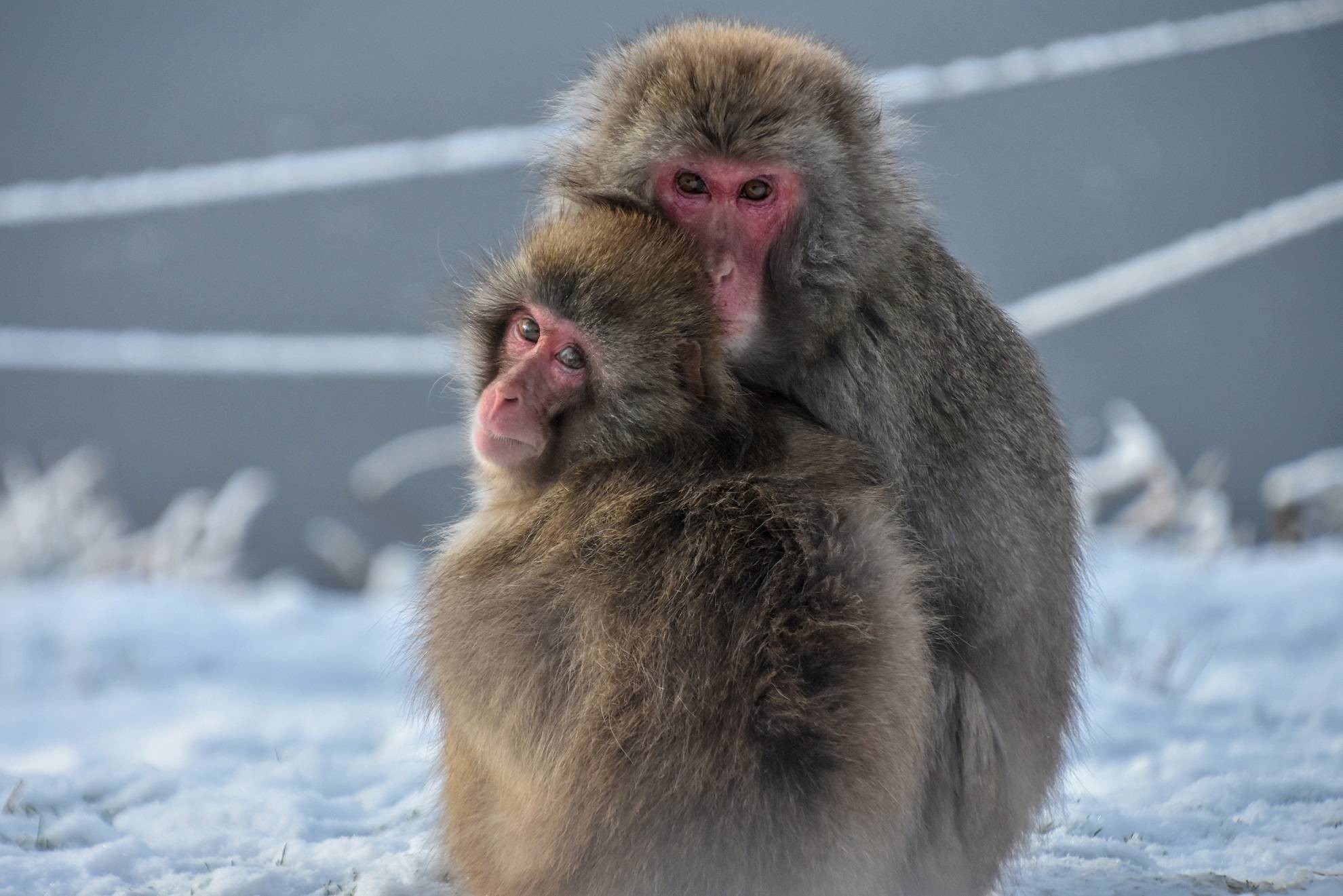Bactrian camel
Camelus bactrianus

We have three female Bactrian camels here at the park – Caramel, Dierdre and Dippy.
Population
Unknown
Diet
Herbivore
Habitat
Desert
Fact file
Camels can drink about 55 litres of water at once in order to replenish reserves they have lost. It is a common misconception that they store this in their humps – they actually store fat!
Bactrian camels have two humps while Dromedary camels have one hump. An easy way to remember this is to that Bactrian humps look like a "B" and Dromedary humps look like a "D"
They are well adapted to harsh desert climates with dense eyelashes and narrow nostrils that can be closed tightly to protect against sandstorms. Their toes, connected by an unbroken sole, also allow them to spread their weight to walk more easily on sandy ground

How we're helping
Like all the animals in our care our camels are amazing ambassadors for their relatives in the wild and help hundreds of thousands of people connect with nature every year. They encourage visitors to learn about the threats facing wildlife and the action they can take to help create a world where nature is protected, valued and loved.
As a wildlife conservation charity, we care for the animals here at the zoo and work to protect species at risk around the world. From providing expertise in genetics and veterinary health, to protecting wild places with local conservation partners, and even restoring threatened species to the wild, we are active where we are needed most.
Find out more about RZSS conservation
